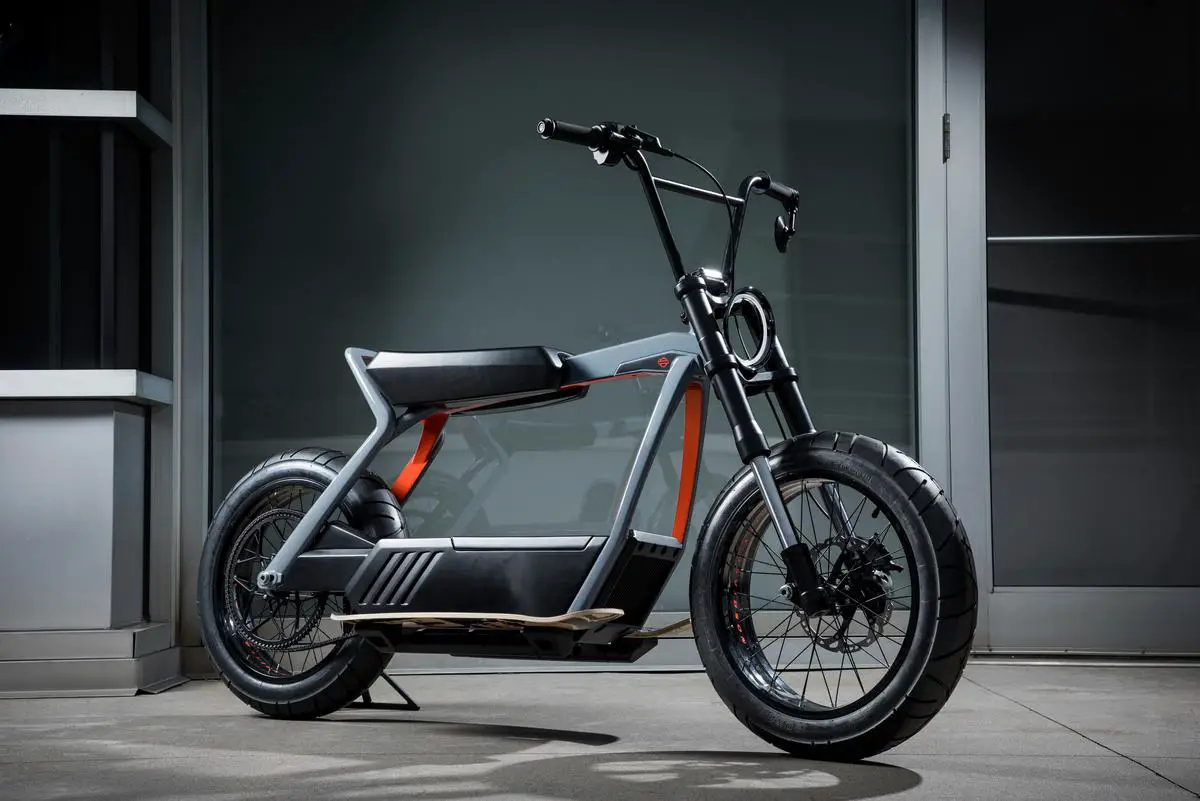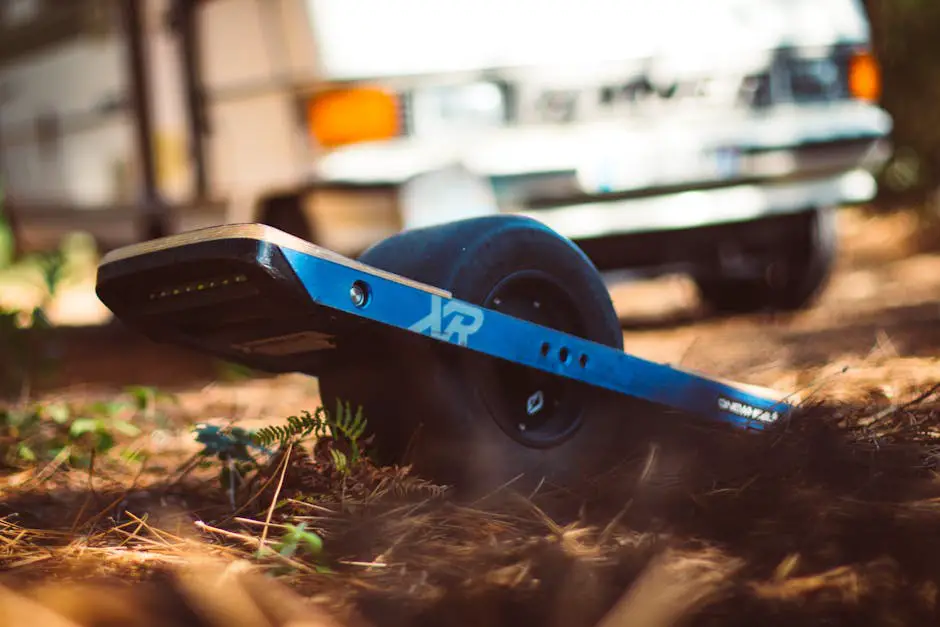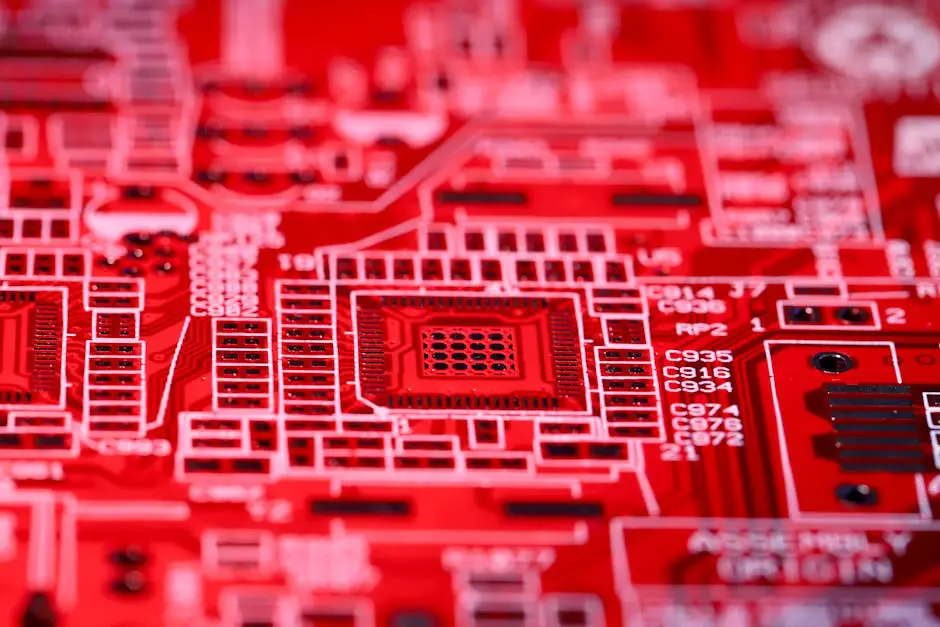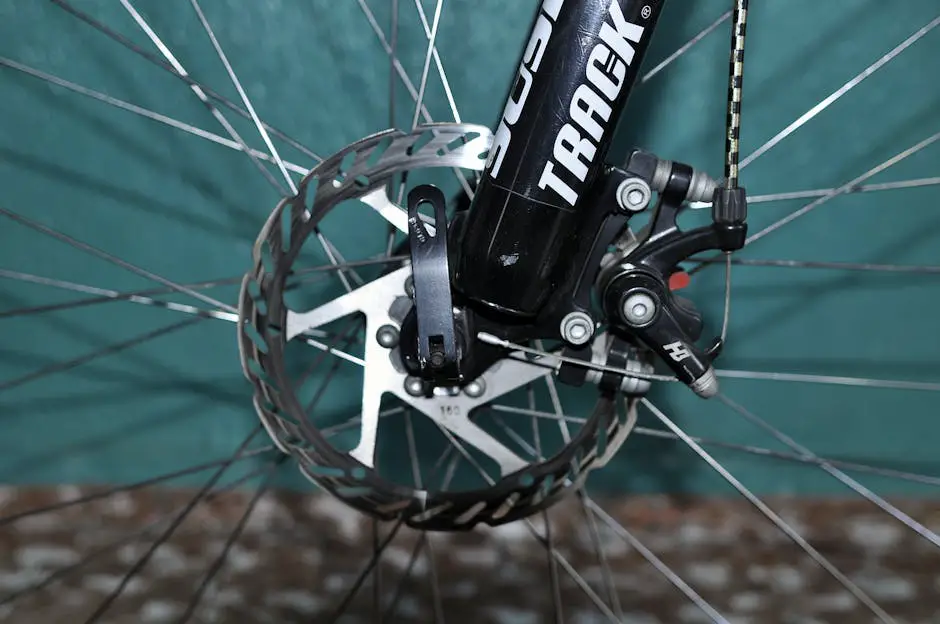Electric skateboards are revolutionizing the way we move, adding a futuristic edge to the timeless thrill of skating. At the core of this evolution is the development of various braking systems, each designed to offer riders not only safety but also a seamless riding experience. From the efficiency of regenerative braking to the reliability of mechanical systems, these innovations are key to understanding how electric skateboards maintain control and stability. This exploration sheds light on the diverse braking technologies that keep riders in command, promising an insightful look into the mechanics that make electric skateboarding a standout choice for modern transportation.
Types of Braking Systems in Electric Skateboards
Electric Skateboards: Exploring the Variety of Braking Systems
Electric skateboards have transformed how we ride, offering a modern twist on a classic mode of transportation. Central to their design is the braking system, a critical feature that ensures safety and control. Unlike traditional skateboards, where riders slow down using foot braking or air resistance, electric skateboards come equipped with sophisticated systems to manage speed. Let’s dive into the different types of braking systems found in electric skateboards.
Regenerative Braking
One of the most common systems found in electric skateboards is regenerative braking. This smart technology does more than just slow you down; it converts the kinetic energy generated during braking back into electrical energy, which is then stored in the skateboard’s battery. The result? Extended battery life and longer rides. Found in many high-end models, regenerative braking not only enhances efficiency but also provides a smooth, controlled deceleration.
Mechanical Braking
Some electric skateboards also feature mechanical braking systems, similar to those found on bicycles. These can include disc brakes or foot-actuated brakes, which allow riders to apply physical pressure to slow down or stop. Mechanical brakes serve as a reliable backup to the primary electric brake system, offering an additional layer of safety, especially in emergencies or when the battery runs out.
Dynamic Braking
Dynamic braking is another system employed by electric skateboards. Though less common than regenerative braking, it operates on a similar principle. When the rider wants to slow down, the electric motor switches modes, acting as a generator to resist the skateboard’s motion. This resistance slows the skateboard but, unlike regenerative braking, the generated energy is not captured and reused but is instead dissipated as heat. While not as efficient in terms of energy recovery, dynamic braking still provides a dependable method for controlling speed.
Electronic Braking
At the heart of most electric skateboards is an electronic braking system controlled through the skateboard’s electronic speed controller (ESC). When a rider activates the brake via the handheld remote or onboard controls, the ESC regulates the motor’s power output to decelerate the board. The precision and responsiveness of electronic braking systems make them a favorite among riders, offering immediate control over the skateboard’s speed with just the push of a button.
Each braking system has its own set of advantages and is designed to cater to different riders’ needs and preferences. Whether it’s the energy efficiency of regenerative braking, the reliability of mechanical brakes, the straightforwardness of dynamic braking, or the precision of electronic braking, electric skateboards offer a range of options to ensure a safe, controlled ride. As technology progresses, we can only expect these systems to evolve further, continuing to enhance the electric skateboarding experience.

Photo by harleydavidson on Unsplash
The Importance of Regenerative Braking
Moving on from the fundamentals previously discussed, it’s crucial to delve into the impact regenerative braking has made on the electric skateboarding community, specifically focusing on safety enhancements and the overall riding experience.
One notable advantage of regenerative braking is its contribution to safer rides. Traditional braking systems can be effective but often result in abrupt stops, which pose a risk, especially at high speeds. Regenerative braking, by contrast, allows for smoother deceleration. This smoother slowing down process gives riders more control over their skateboards, significantly minimizing the risk of accidents caused by sudden stops. This aspect is particularly beneficial in urban environments where obstacles and unpredicted stops are common.
Furthermore, regenerative braking enhances the riding experience by offering a more intuitive control mechanism. Riders used to the jerky stops of mechanical brakes will find the transition to regenerative braking a refreshing change. It mirrors the natural deceleration one experiences when gradually reducing their running pace, thereby making electric skateboarding more accessible to beginners. This intuitive feel also makes long rides less taxing, as riders do not have to constantly brace themselves for harsh stops.
Another aspect worth mentioning is the silent operation of regenerative braking systems. Unlike traditional braking systems that often produce noticeable noise during operation, regenerative systems operate quietly. This silent operation is not just a matter of rider preference but contributes to a less intrusive presence in public spaces, aligning well with the ethos of silently gliding on an electric skateboard.
Moreover, regenerative braking plays a critical role in group rides. Its predictable and smooth deceleration characteristics promote closer and safer formations. This is a significant aspect of electric skateboarding culture, where group rides through cityscapes or parks are common. The assurance that each rider’s braking system will not cause unforeseen disruptions adds a layer of confidence and safety to these social gatherings.
Lastly, regenerative braking systems are constantly evolving. The potential for incorporating AI and machine learning to predict and adjust braking parameters based on speed, weight load, and even weather conditions could elevate electric skateboarding to new heights. These advances could lead to custom braking experiences tailored to individual rider preferences and conditions, making electric skateboarding not just more efficient and safer, but also more personalized and enjoyable.
In essence, while regenerative braking significantly boosts energy efficiency and battery life, its contributions to safety, rider experience, and the potential for future innovations truly make it a game-changer in the world of electric skateboarding. These aspects collectively work towards not just improving the technical performance of electric skateboards but also enhancing the culture and community around them.

Safety Aspects of Electric Skateboard Brakes
Understanding the way electric skateboard brakes contribute to rider safety isn’t just about recognizing what comes built into the board; it’s about grasping how these features play a critical role in real-world use. While I’ve already detailed the types of braking systems, from the innovative regenerative brakes to electronic and mechanical backups, it’s pivotal to dive deeper into the tangible benefits these technologies bring to the skating experience. A core advantage that stands out immediately is the capacity for smoother deceleration. When a rider wants to slow down, traditional skateboards require manual effort that can easily lead to imbalance and falls. Electric skateboard braking systems, on the other hand, allow for a gradual decrease in speed. This smoother deceleration isn’t just comfortable—it significantly lowers the risk of accidents caused by abrupt stops.
The intuitive control mechanisms built into electric skateboards further bolster safety. With most models featuring hand-held remotes or weight-sensitive platforms, riders can adjust their speed with minimal effort. This means less focus on managing speed manually and more on navigating the terrain and possible obstacles, ensuring a safer ride.
Another aspect often overlooked is the near-silent operation of electric skateboard brakes. Noise-free braking means less distraction for the rider and reduces the chance of startling pedestrians or other skaters. This silent aspect is especially beneficial in busy urban environments or group riding situations, where maintaining awareness of one’s surroundings is key to preventing mishaps.
Group rides bring another dynamic into focus. Here, the predictability and efficiency of electric skateboard braking systems shine. When riding in a group, consistent and reliable braking across all boards helps maintain a safer formation, preventing collisions caused by inconsistent speed reductions among riders. This uniformity ensures that everyone in the group can enjoy a cohesive riding experience, minimizing the risk for everyone involved.
Looking toward the future, the potential for advancements and personalization in electric skateboard braking systems holds promise for even safer rides. Imagine braking systems that can automatically adjust based on weather conditions, rider weight, or specific riding styles. Such innovations could offer personalized safety enhancements, making electric skateboarding even more accessible and secure for riders of all skill levels.
In summary, the enhanced safety features of electric skateboard brakes aren’t just about the sophisticated technology that goes into them. It’s about how they translate into real-world benefits for riders—smoother deceleration, intuitive controls, silent operation, and the potential for future innovation—all of which contribute to a safer and more enjoyable skateboarding experience.

Choosing the Right Braking System
When choosing an electric skateboard braking system, riders should consider several key factors beyond the basic functioning of stopping the board. These factors play a crucial role in ensuring not only the rider’s safety but also the overall riding experience. This thorough examination dives into aspects like weight, compatibility, ease of use, and environmental impact, all of which play pivotal roles in making an informed decision.
Firstly, weight significantly influences the portability and handling of the electric skateboard. Braking systems, though vital for safety, add to the overall weight of the skateboard. Lightweight systems can maintain the board’s agility and ease of transport, qualities highly valued by riders who frequently carry their boards. Therefore, understanding the weight implications of different braking systems is essential.
Compatibility is another crucial consideration. Not all braking systems are suited to every skateboard model or type. For instance, some high-performance boards require more advanced braking systems to handle higher speeds safely. Ensuring that the chosen braking system is compatible with the board’s motor and battery specifications is vital to maintain performance and safety standards.
Ease of use dictates the learning curve and the convenience of the braking system. Some systems offer more intuitive control, making them user-friendly, especially for beginners or those transitioning from traditional skateboards. This aspect directly affects the rider’s confidence and control over the skateboard, impacting overall enjoyment and safety.
Lastly, the environmental impact has become an increasingly important consideration for many. Electric skateboards are recognized for their eco-friendly advantages over gas-powered vehicles. However, the manufacturing and disposal of their components, including the braking system, also leave an environmental footprint. Systems that offer durability and are made from sustainable materials are gaining popularity among eco-conscious riders.
In summary, selecting an electric skateboard braking system involves a multifaceted approach. Riders must balance safety with performance, considering how weight, compatibility, ease of use, and environmental impact align with their personal needs and values. This not only ensures a rewarding riding experience but also contributes to the growing culture of sustainability within the electric transportation community. As technology advances, the development of more efficient, user-friendly, and eco-conscious braking systems promises to enrich this dynamic and fast-evolving mode of personal transport.

The array of braking systems available in electric skateboards represents the intersection of safety, technology, and rider preference, ensuring that every ride is not just exhilarating but also secure. As riders navigate urban landscapes or cruise through scenic routes, the right braking system is essential for blending performance with peace of mind. This balance between innovation and safety underpins the electric skateboarding revolution, highlighting how these vehicles are not just about mobility but about enhancing the overall riding experience. As technology continues to evolve, so too will the capabilities of electric skateboards, promising a future where each ride is tailored to the individual’s needs, preferences, and adventures.

